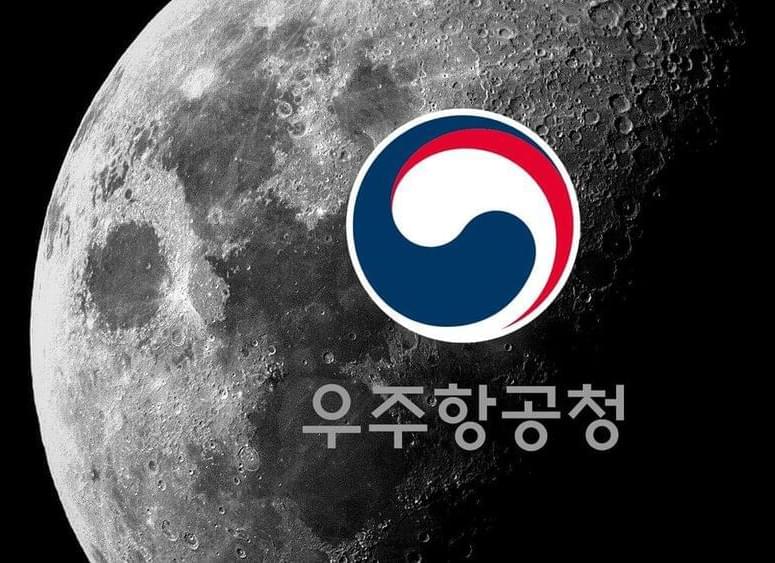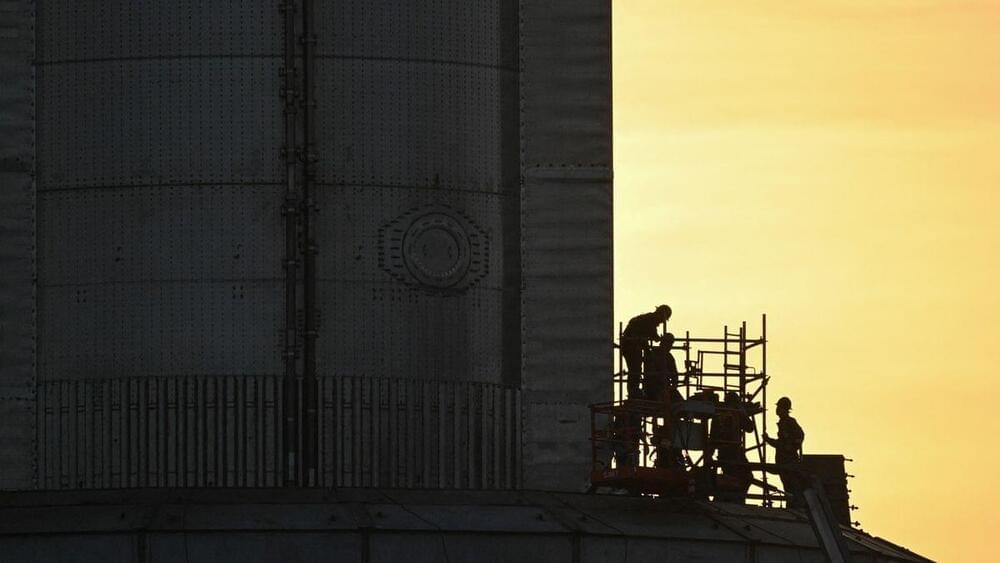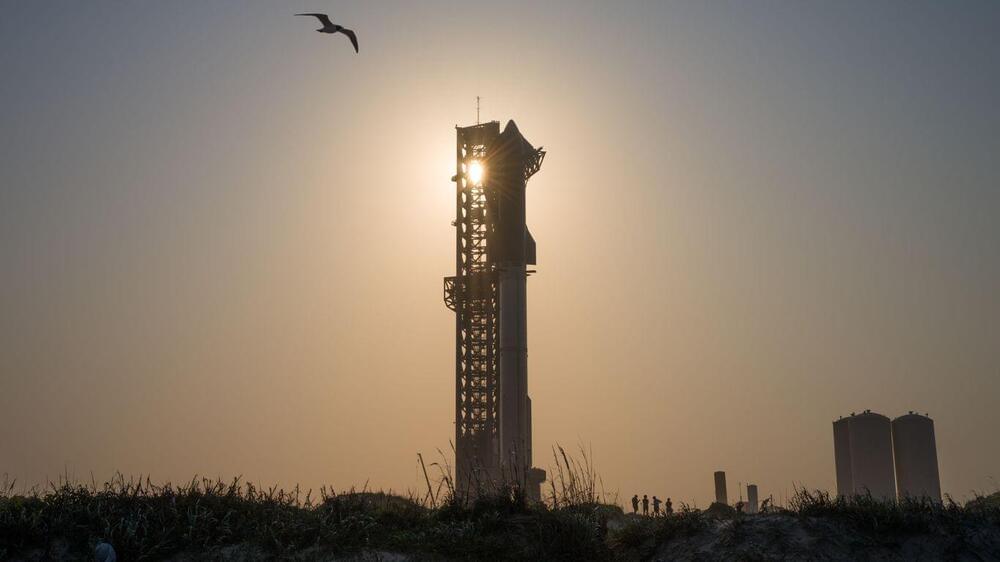The agency will spend 100 trillion won ($72 billion USD) in build-up to planned 2045 Mars landing.



Side by side comparison of Starship IFT-3 vs IFT-4 reentry phase. Video edit: Go To SpaceFootage Courtesy & Credits: SpaceXOutro song: Yung Logos — Metro http…
Side by side comparison of all four starship test flights with synced footage. Video edit: Go To SpaceFootage Courtesy & Credits: SpaceXOutro song: Yung Logos…
Discover the groundbreaking Self-Interacting Dark Matter (SIDM) theory that suggests dark matter particles might collide and interact with each other. Learn how recent studies on the El Gordo galaxy cluster support this revolutionary idea, potentially changing our understanding of the universe’s structure and evolution. Dive into the cosmic dance and stay updated with the latest space discoveries!
Chapters:
00:00 Introduction.
00:44 The Dance of Self-Interacting Dark Matter.
02:39 Unveiling the Strengths and Weaknesses of CDM and SIDM
05:14 Exploring Dark Matter: Methods and Future Prospects.
09:20 Outro.
09:37 Enjoy.
Best Telescopes for beginners:
Celestron 70mm Travel Scope.
https://amzn.to/3jBi3yY
Celestron 114LCM Computerized Newtonian Telescope.
https://amzn.to/3VzNUgU
Celestron – StarSense Explorer LT 80AZ
https://amzn.to/3jBRmds.
Visit our website for up-to-the-minute updates:

SpaceX’s Starship and its massive reusable booster both successfully made their first controlled water landing during a fourth flight test on Thursday.
Why it matters: It’s a significant achievement for the vehicle, which is key to NASA’s Artemis program.
Welcome to episode 2 of our behind-the-scenes series as we document space exploration. In this episode, join our team as we capture slow-motion footage of SpaceX’s Starship at Starbase, record powerful liftoff audio, share stereoscopic VR from up close, and journey to the top of NASA’s Vehicle Assembly Building for an exciting astronaut launch. Thank you for watching!
Want to support the work we do? Get access to our exclusive Discord server and collect member-only perks. Support the team on Patreon: / cosmicperspective.
or join on Youtube: / @cosmicperspective.
Early access to the full 100x slowmo: / starship-engines-105298825
Explore the Beta release of our IFT-3 Stereoscopic 3D film on Oculus headsets https://www.meta.com/experiences/4722…
(Apple Vision Pro Sideload video files available for patrons)
Music by @annu__music (MaryLiz)
Launch Audio by Andrew Keating, Cosmic Perspective.
The Cosmic Perspective team: Ryan and MaryLiz Chylinski, Andrew Keating, Nick Jakubik, Kelly Rodriguez, John Pisani, J. Trent Adams, and an extra special thanks to the Everyday Astronaut crew and our friends and volunteers!
Starship Flight Test 4 (unofficially IFT-4) will be the 4th flight of Starship. The current launch date is set for NET June 6, 2024. [1] Ship 29 (S29) and Booster 11 (B11) will be used for this mission. Both vehicles have received upgrades since Flight 3. The fourth flight test of Starship is currently planned for the 6th of June, 2024 at 7 am CDT, pending regulatory approval. The test profile of this mission is almost identical to the one on Flight 3, but there are some changes. The most notable of these changes are the jettison of the hot stage ring from B11 and a soft, engine powered landing for S29. The goals for the fourth flight per SpaceX: \.
[TIME SUBJECT TO CHANGE] This is the fourth fully integrated full stack test flight of Starship and the mighty Super Heavy booster, the largest and most powerful rocket to ever fly. It produces over twice as much thrust as the Saturn V that took humans to the moon.
The goal of the test is to get further along than IFT-3 in March, 2024. If all goes well, Starship will re-enter in the Indian Ocean about 65 minutes after it lifts off from Starbase, TX, on a suborbital trajectory.
Want more information? We’ve got a video talking about what’s new and upgraded from flight 3! — https://youtu.be/O5GY7_aVBtk.
Want to know where to watch this live? I made a video on how to visit Starbase and where to watch a launch from — https://youtu.be/aWvHrih-Juk.
Learn more about Everyday Astronaut Mission Control by Guinn Partners! — http://guinnpartners.com.
Want to support what I do? Consider becoming a Patreon supporter for access to exclusive livestreams, our discord channel! — http://patreon.com/everydayastronaut.